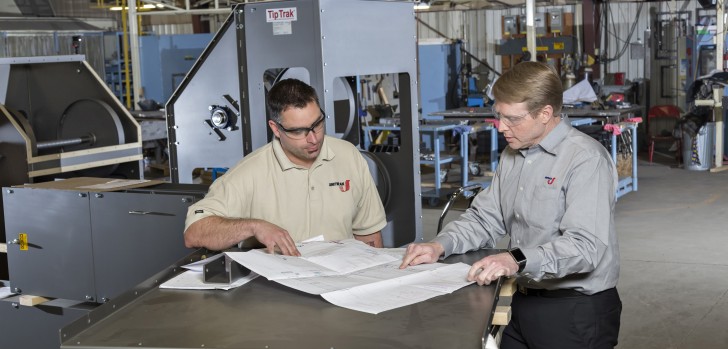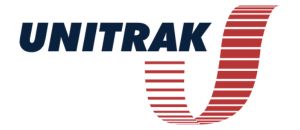Lime and Hydrated Lime
Lime and hydrated lime are essential materials utilized across various industries for their versatile properties. These substances play pivotal roles in construction, agriculture, environmental remediation, and chemical manufacturing. However, their handling presents unique challenges, especially in bulk material conveying. This article delves into the definition, applications, key characteristics, conveying challenges, and the ideal UniTrak equipment for managing lime and hydrated lime efficiently.
At a Glance
Lime, commonly referred to as quicklime or burnt lime, is a white crystalline solid produced by heating limestone or calcium carbonate. Hydrated lime, on the other hand, is created by adding water to quicklime, resulting in a calcium hydroxide compound. Both lime and hydrated lime exhibit alkaline properties and are widely utilized in diverse industrial processes.
- Alkaline: Lime and hydrated lime exhibit high pH levels, making them effective in neutralizing acidity in soils and wastewater.
- Abrasive: These materials possess abrasive properties, which can accelerate equipment wear and tear during conveying.
- Hygroscopic: Hydrated lime has a tendency to absorb moisture from the environment, leading to caking and flowability issues.
- Corrosive: Lime and hydrated lime can cause corrosion in equipment, particularly when in contact with metals.

Common Uses
- Construction: Lime is a key ingredient in mortar and plaster, aiding in binding and stabilization of building materials.
- Agriculture: Hydrated lime is utilized in soil stabilization, pH adjustment, and as a component in fertilizers to enhance crop growth.
- Environmental Remediation: Lime is used for treating industrial effluents, neutralizing acidic wastewater, and controlling air emissions.
- Chemical Manufacturing: Both lime and hydrated lime are crucial in various chemical processes, such as the production of calcium-based chemicals and precipitating impurities in industrial processes.

Challenges in Conveying
Conveying lime and hydrated lime presents several challenges due to their abrasive nature, tendency to cake, and corrosive properties. These challenges can result in equipment downtime, maintenance costs, and compromised operational efficiency. Common issues include:
- Abrasion: Lime particles can wear down conveyor components, leading to frequent maintenance and replacement.
- Caking: Hydrated lime can form lumps and cakes, causing flowability issues and blockages in conveying systems.
- Corrosion: Contact with metal surfaces can lead to corrosion, compromising the integrity of conveying equipment.
Equipment Options
UniTrak specializes in providing customized bulk material handling solutions tailored to meet the unique requirements of challenging materials like lime and hydrated lime. The ideal UniTrak equipment for conveying these materials includes:
- TipTrak Bucket Elevator: Featuring abrasion-resistant components and customizable design options, the TipTrak is ideal for handling abrasive materials like lime while minimizing wear and tear.
- Powderflight Aeromechanical Conveyor: With its gentle conveying action and enclosed design, the Powderflight is well-suited for transporting hygroscopic materials like hydrated lime without risking moisture absorption or caking.
- Bulk Bag Loader/Unloader: UniTrak’s Bulk Bag handling equipment offers efficient loading and unloading of lime and hydrated lime, minimizing dust emissions and streamlining the handling process.
Lime and hydrated lime are indispensable materials in various industries, but their handling poses significant challenges in bulk material conveying. UniTrak , with its deep expertise in customized bulk material handling equipment, offers tailored solutions to address these challenges effectively. From abrasion-resistant bucket elevators to gentle aeromechanical conveyors, UniTrak’s equipment ensures reliable and efficient handling of lime and hydrated lime, optimizing operational performance and minimizing downtime. Trust UniTrak for your bulk material handling needs, and experience the difference in efficiency and reliability.
